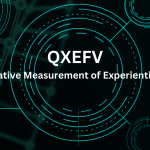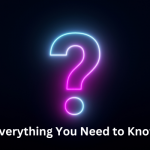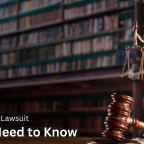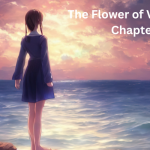Leomorg and Its Role in Human Culture
In the vast panorama of human mythology, the legend of Leomorg stands out as a compelling blend of historical fact and cultural myth. Spanning across centuries and civilizations, Leomorg has evolved from ancient deity to a modern symbol of strength and protection. This article delves into the rich tapestry of the Leomorg legend, exploring its historical roots, cultural transformations. And its enduring impact in contemporary society.
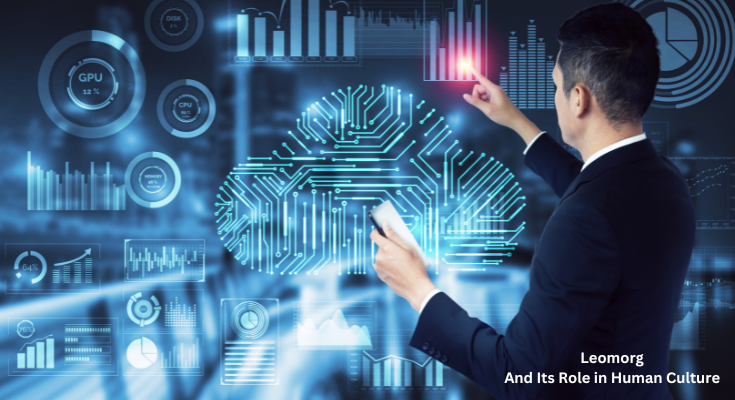
The Origins of Leomorg
Leomorg’s story begins in the annals of ancient civilizations, where it appears as a fusion of characteristics from various mythical figures. Historical texts and archaeological findings suggest that Leomorg might have originated from the amalgamation of two ancient figures: the Mesopotamian deity Leu-Marog, known as the guardian of celestial gates, and the Egyptian figure Morgu, a lion-headed protector of the underworld. This synthesis of guardian figures from different cultures formed the foundation of the Leomorg legend, portraying it as a powerful protector with mystical attributes.
Evolution Through the Ages
Classical Antiquity: During the era of the Greeks and Romans, Leomorg was absorbed into their rich mythologies. Described in texts as Leon-Morgos, this entity was revered as a lion with the intellect of a human and the guardian of sacred realms. This period enriched the Leomorg narrative by embedding it within the stories of gods and heroes. Thereby enhancing its significance in cultural folklore.
The Medieval Period: With the advent of Christianity, Leomorg’s portrayal transitioned into that of a divine guardian. Medieval art and literature depicted Leomorg as a haloed lion, symbolizing its role as a protector against evil forces. The legend also became intertwined with the narratives of the Arthurian knights. Adding a layer of chivalric virtue and mysticism to its character.
The Renaissance: This era marked a resurgence of interest in classical knowledge, which included the legends surrounding Leo morg. Renowned figures like Leonardo da Vinci explored the myth through sketches and texts, blending scientific inquiry with mythical lore. The Renaissance also sparked debates among scholars about the possible real-world inspirations behind the mythical creature. Linking it to known animals such as lions.
The Modern Reinterpretation
In contemporary times, Leomorg continues to be a versatile symbol in various forms of media and culture. Its characteristics are celebrated in literature, film, and even video games, where it often embodies themes of strength, intelligence, and guardianship. Modern interpretations of its reflect society’s ongoing fascination with mythical creatures and the human-like traits often ascribed to them.
Symbolism and Cultural Impact
Leomorg is rich in symbolic meanings. Commonly represented as a lion, it embodies courage, power, and nobility traits that are universally respected across cultures. The human-like intelligence attributed to its highlights themes of wisdom and strategic thinking, while its role as a protector aligns with the archetypal guardian figure in mythology. Serving as a defender of moral values and societal order.
Conclusion
The legend of Leomorg serves as a bridge between the mythical and the mortal, offering insight into how myths serve to explain the world around us and articulate our values. As we continue to explore the depths of our historical and cultural roots. It remains a powerful symbol of the enduring human spirit to overcome and protect. Its legacy is a testament to the timeless appeal of storytelling. And the continuous human quest for meaning and inspiration in the myths we create and share.
FAQs About Leomorg
What is Leomorg known for?
Leomorg is known for being a mythical creature that combines the physical traits of a lion with the intellectual abilities of a human. It is revered as a protector and guardian within various mythologies.
How has the image of Leomorg changed over time?
Originally depicted as a guardian deity in ancient civilizations, Leomorg’s image has evolved through the ages from a divine protector in medieval Christianity to a symbol of heroism and wisdom in modern interpretations.
What does Leomorg symbolize?
Leomorg symbolizes strength, protection, wisdom, and moral integrity. Its depiction as a lion emphasizes courage and nobility, while its human-like intelligence underscores strategic and protective qualities.
Can Leomorg be found in contemporary culture?
Yes, Leomorg frequently appears in modern media, including books, movies, and games, often embodying the role of a guardian or hero. Its versatile nature allows it to adapt to various narrative forms.
Why does the legend of Leomorg continue to captivate people today?
The legend of Leomorg captivates people due to its rich symbolism and the human desire to find meaning in myths. As a figure that crosses the boundary between animalistic strength and human intellect, it appeals to universal themes of protection and valor.






